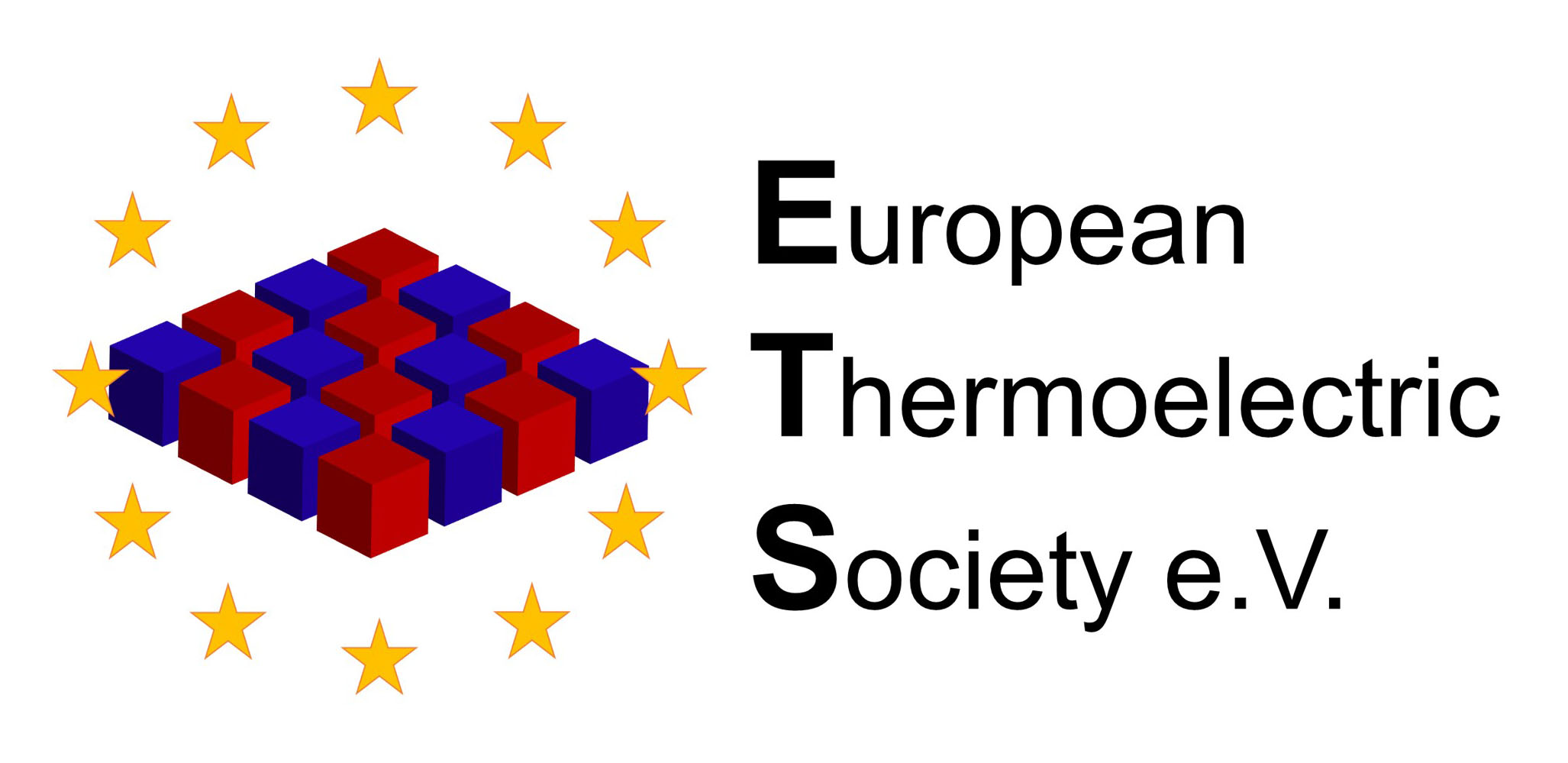Thermoelectric Effects
The Seebeck effect is the phenomenon underlying the direct conversion of heat energy into electrical power without any moving part. Its physical significance can be appreciated by considering the effect of imposing a temperature gradient along a finite conductor. Without a temperature gradient the carriers in the conductor are homogenously distributed. A temperature gradient across the conductor results in an inhomogeneous carrier density because free carriers at the hot end will have a greater kinetic energy and tend to diffuse to the cold end. Due to the free carrier diffusion an electric field opposite to the carrier diffusion is building up and a voltage (thermovoltage) between the hot and the cold ends can be measured using a conductor consisting of a dissimilar material with a different Seebeck coefficient. The Seebeck coefficient is the proportionality factor between thermovoltage and temperature gradient. By convention, the Seebeck coefficient is negative for n-type semiconductors and positive for p-type semiconductors.
The Peltier effect is the phenomenon used in thermoelectric refrigeration. The Peltier effect arises from the different energy of the charge carriers in the materials on either side of a junction. Energy must be interchanged with the surroundings to maintain conservation of energy when a current flow through the junction. The proportionality factor between current and heat flow is called Peltier coefficient.
The Thomson effect relates to the rate of reversible heat generation, which results from the flux of a current along a portion of a single conductor over which a temperature difference is applied. Due to the temperature difference, a thermal power is absorbed. The proportionality factor is called Thomson coefficient.
The three thermoelectric coefficients are related to each other by the Kelvin relationships, whereas Seebeck and Peltier coefficients are properties of a materials pair (relative coefficients) and the Thomson coefficient of a single material (absolute coefficient).

